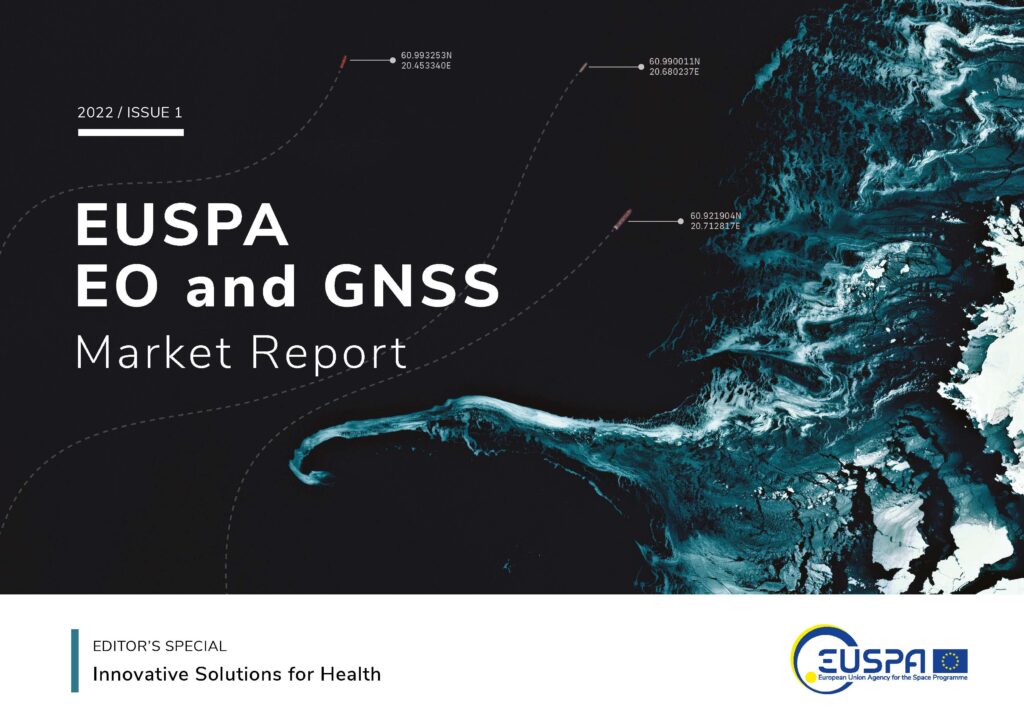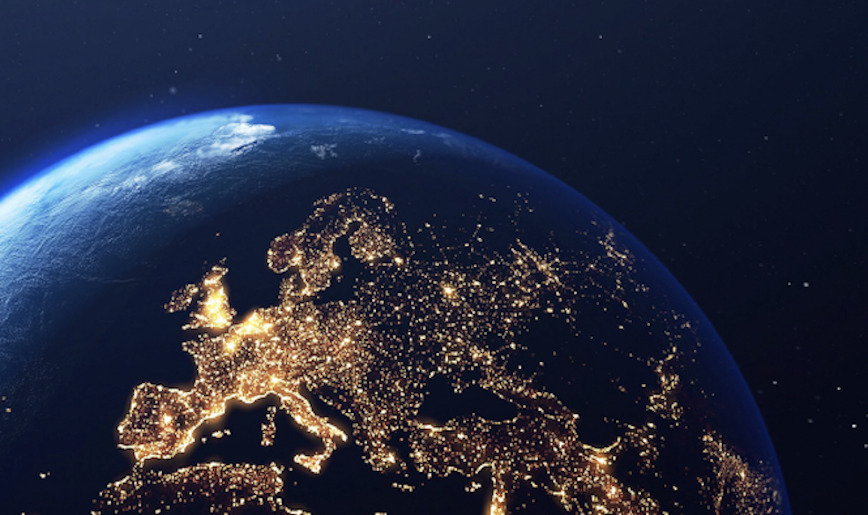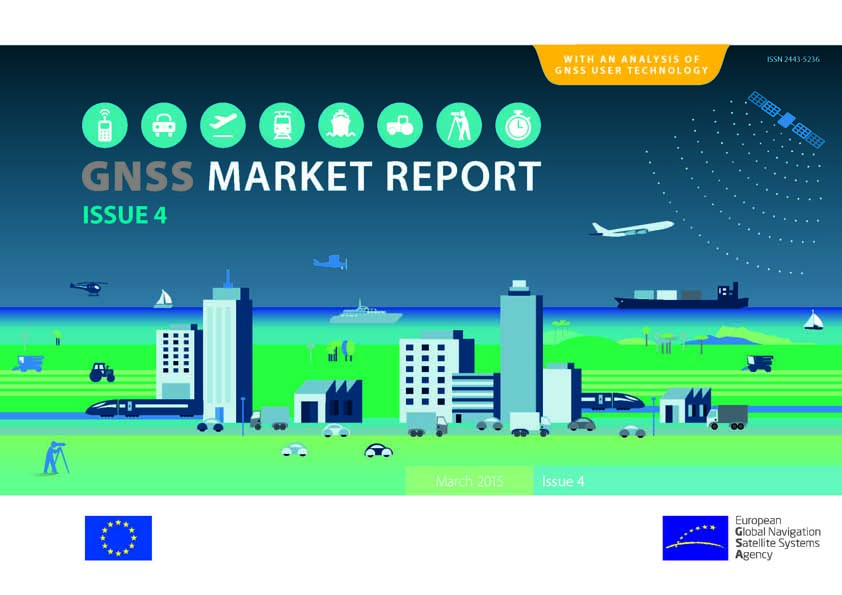The European Union Agency for the Space Programme (EUSPA) has published its Earth Observation (EO) & GNSS Market Report, an outgrowth of its annual GNSS Market Report now that the agency has also taken on Earth observation among its administrative responsibilities. The Report is compiled and written for all those making these technologies part of their business plan and developing downstream applications.
In 2021, GNSS and EO downstream market generated over 200 billion euros revenues and are set to reach almost half a trillion over the next decade. EO and GNSS data have become increasingly important in the big data realm and paradigm responding to natural and man-made disasters, curbing the spread of disease and strengthening a global supply chain, among many other goals.
The Report provides analytical information on the dynamic GNSS and EO markets, along with in-depth analyses of the latest global trends and developments through illustrated examples and use cases. Using advanced econometric models, it also offers market evolution forecasts of GNSS shipments or EO revenues spanning to 2031.
With a focus on Galileo/EGNOS and Copernicus, the report highlights the essential role of space data across 17 market segments including,
• Agriculture; Aviation and Drones;
• Biodiversity, Ecosystems and Natural Capital;
• Climate Services; Consumer Solutions, Tourism, and Health;
• Emergency Management and Humanitarian Aid;
• Energy and Raw Materials; Environmental Monitoring;
• Fisheries and Aquaculture; Forestry;
• Infrastructure;
• Insurance and Finance;
• Maritime and Inland Waterways;
• Rail;
• • Road and Automotive;
• Urban Development and Cultural Heritage;
• and Space.
Some report highlights:

• Global annual GNSS receiver shipments will reach 2.5 bn units by 2031, dominated by the applications falling under the Consumer Solutions, Tourism and Health segment contributing roughly to 92% of global annual shipments;
• In EO, aside from the largest markets like Agriculture, Urban Development and Cultural Heritage or Energy and Raw Materials, the Insurance and Finance segment is expected to experience the fastest growth over the next decade (21 % of CAGR) for both EO data and value-added service revenues;
• From a supply perspective, the European Industry holds over 41% of the global EO downstream market and 25 % of the global GNSS downstream market.
“The flagship EU Space Programme, driven by Galileo and EGNOS on one side and Copernicus on the other, has become a major enabler in the downstream space application market. As a user-oriented agency, we provide this inside information on markets evolution to our users, being innovators, entrepreneurs, investors, academic researchers, chipset manufacturers, or simply anyone who looks into space to bring value to their activities. The added value and key differentiators of European GNSS and EO are showcased, both separately and in synergy with each other. I know that the report will be of great use and inspiration for those who are contributing to the EU economic growth,” concluded EUSPA Executive Director Rodrigo da Costa.
The report is available for download here.






